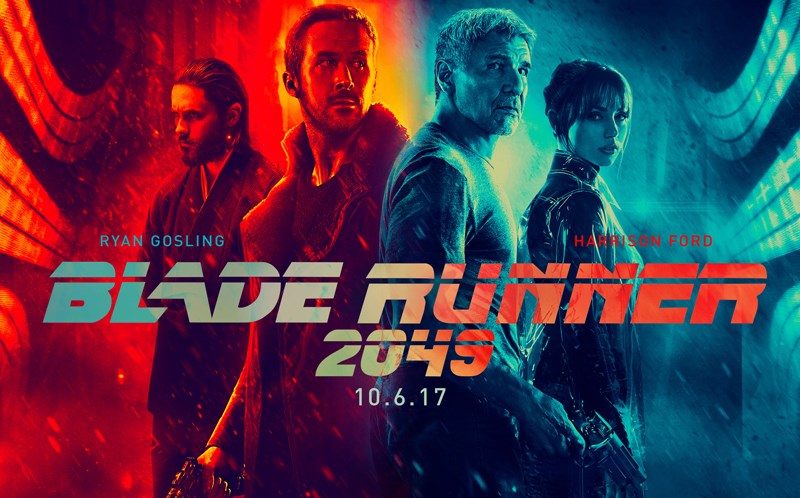Does a copy of a person deserve to exist?
That’s the question Blade Runner 2049 ponders, debates, and mulls over during its two-and-a-half hour plus runtime. But it’s a question that easily applies to the film itself. Does a sequel to one of the most influential science-fiction films of all time need to be made? Does a film built around ambiguity require answers? Would any further exploration into the Blade Runner world only serve to muddy the waters?
Behind all the trailers, hype circuits, and photos of Harrison Ford punching Ryan Gosling’s face, that was the pounding question: Does Blade Runner 2049 need to exist?
Judged strictly as a sequel, the answer is mostly no. It answers one question too many that the original film left open. Its tone doesn’t completely jibe with its predecessor. It feels more like a soft reboot than a fully-formed sequel.
But judged on its own merits, Blade Runner 2049 is a visually stunning piece of hard sci-fi. It pulls you into its world, creating a breathtaking dreamscape. If you can let go of the original film, you’ll find a rewarding theatre-going experience.
The plot follows Ryan Gosling as a Replicant (bioengineered humans) cop known only as K. He tracks down rogue Replicants and “retires” them with a bullet instead of a gold watch. When K discovers the remains of a female Replicant who appears to have given birth, he’s tasked with tracking down the child. Of course, since the film is a neo-noir, things aren’t as simple as they appear, and K is forced to confront his own sense of identity and humanity.
The story spirals out with several effective twists and philosophical ideas, but it never loses touch with its core: A detective neo-noir. Action scenes are exciting, but not in the typical blockbuster sense. The camera is steady, the blocking is clear, and fists and bullets land with real impact. The action scenes fit snugly with the more meditative moments. Everything’s weaved together into one cohesive whole.
All credit is due to Denis Villeneuve, who, after this, Arrival, and Sicario, is on the hottest streak in Hollywood at the moment. He crafts a luscious tapestry on the camera. The lighting is absolutely gorgeous, with shadows stretching over bright splashes of purple and orange. Villeneuve’s framing is immaculate, with single shots that convey an entire paragraph of dialogue. He builds a world to get lost in.
The performances are 2049’s one misstep. Gosling is typically excellent as K, slowly revealing hidden depths as the film rolls along. Harrison Ford’s return to the series is welcome, even if he doesn’t play a character so much as a grumpier variation of his public persona. The rest of the cast is good to decent, with Jared Leto being the sole drag. He never convinces the viewer they’re seeing a character and not Jared Leto with weird eye makeup. Thankfully, his role is a glorified cameo.
2049 leaves you with a buffet of imagery. Striking visuals will stay with you long after the drive home. It’s a rich experience well worth diving into. It might not have needed to be made, but I’m glad it was.




